The north-western tip of Australia is remote, wild and beautiful. Well, that’s what Malcolm Douglas had me believing after watching his many videos. He traversed the Kimberley with his dog Boondie, a cameraman and his trusty ol’ alloy Trailcraft. The legend of the Kimberley was imprinted on me – I had to do it. My fair-haired partner, Millie, and I headed west to the land of red dust, towering cliffs and fat barra…
Before you get the chance to pull out the camera to snap a gobsmacking gorge, there are long drives along corrugated roads to navigate. In the wet season, there’s a good chance the main route has washed out or a causeway has collapsed after torrential rain. In Kununurra – gateway to the Kimberley – the average annual rainfall is 790mm. This year, as The Captain’s crew were packing their finest Gold Bombers into dry weatherproof packs, it pelted down a sock-sodden 1072mm. Cripes! It was the wettest season since the ’60s!
On the upside, waterfalls would be flowing and the gorges swollen. On the downside, it’d be a slog all the way. The Captain’s crew back at mission control hatched a cunning plan to avoid all those soggy socks and trousers. It involved a highly capable 4X4, a plane that floats, a chopper and a luxury live-aboard boat – just to be on the safe side. And so the legend unfolded – the Kimberley by land, sea and air.
CANNON FIRE
It’s 4am at Darwin Airport. Squatting inside a dimly lit hangar at a corner of the runway is a Grumman G-73 Mallard amphibious aircraft. It might be named after a duck, but this twin-prop aircraft with its massive 20m wingspan and classic 1940s lines is a flying boat. It even has a deep-vee hull shape and big reverse chines – The Captain’s kinda aircraft. Most days it transports workers to the Paspaley pearl farms, but today it will be freighting us to the west coast of the Northern Territory to rendezvous with our mothership. I try to help by sucking in my gut as they weigh all our gear, then we’re up, up and away.
Millie had barely pinged off a selfie before we were soaring across the coastal fringes west of Darwin, spotting crocs in the rapidly flowing river systems. I picture big barra lying just below the surface in the eddies swirling around the mangrove-lined banks. Less than an hour later, the Grumman loses altitude, tips a wing and circles the MV Cannon like a pelican coming in to nest for the night. This is the mothership, a 75ft custom-built liveaboard – our home for the next week.
The pilot lines up a clean strip of water before lowering the belly of the behemoth on to the tannin-stained river, the bow wave soaking the rear windows. Landing on water is a strange sensation, louder but smoother than a runway. I’d be lying if I said I didn’t have sweaty-palm thoughts of US Airways Flight 1549 on the Hudson River. We motor towards the Cannon and two tenders come out to meet us. The pilot shuts down the engines and cracks open the rear exit. A wave of warm, humid air hits us in the face as a sunburnt head pops inside and says, “G’day guys, welcome to paradise!”
FISHING VALHALLA
Ah, if Malcolm could see me now. Back in the day, he slept in a dusty old swag and cooked fish on open campfire. We’re being treated to five-star dinners, three times a day and an air-conditioned bedroom – plus each pair of guests gets their own fishing guide. All up, the boat accommodates eight paying customers, six staff and a BCF worth of tackle.
On the first day we were paired with a guide called Aiden, who was dressed in the standard NT garb of tan Columbia shirt, boardies and polarised sunnies. He has the unenviable task of teaching Millie how to use a bait caster. We jump into the tinny, fasten our sunnies, reverse hats and snake up the river at full speed, soaring past mangroves that are choking trees into submission. Around every bend is a double-page spread out of Australian Geographic: saltwater crocs lurking, sea eagles soaring and jabirus wading peacefully before being startled by the thrum of our Honda BF40 and the wake from the aluminum hull.
Bursting through the forest canopy onto the floodplain, dense greenery gives way to grassy flatlands punctuated with tributaries feeding the main river system. The water is clear and we sight cast to small barramundi with soft plastics. After snagging a couple, Aiden sensed my relief at notching a barra and suggested we double back to the river mouth – metre-long models were caught earlier in the week. With two Bombers out behind the tinny, we work the edges of the sandbank near the entrance. Medium-sized barra and bluenose salmon fight for attention among the squadrons of salty crocs. Without a canopy, we feel the full fury of the blazing sun. One big saltwater croc joins the frenzy, dragging a 4kg threadfin salmon to the muddy bank and chomping down like it was a chicken nugget.
When Aiden calls prime time for casting lures into the river’s shaded feeder creeks, Millie, her soft white skin now an angry shade of pink, readily agrees. It looks like barra heaven – a maze of snags where a small tributary feeds black, nutrient-rich runoff into the main channel, creating a backeddy like a cup of freshly stirred Milo. The barra are hungry and we both hook 70cm fish at the same time. Millie forgets about her sunburn for a while as we high-five. Egos and eskies filled to the brim, we return to the mothership, where our fellow cruisers are already regaling each other with fishy stories. We’re greeted by a vast platter of mud crabs – which proves to be just the entrée…
METRE MIKE
The following days are a blur of barramundi scales and Gold Bombers – each session better than the last. The sea is a glass-off, so we hit the offshore reefs in tinnies. Fat fingermark and juicy jew are destined for the dinner table, but the conversation turns to metre-long barra. Nobody has snagged one yet. Not until fishing guide Metre Mike rocks up.
Mike’s from Sydney’s Northern Beaches, but spends seven months a year guiding on the Cannon. The next morning with Mike starts like most other days, casting soft plastics and hard bodies into snags and feeder creeks. Cannon Charters is a sport-fishing operation, there’s no bait, no cast nets – just lures. But I break all the rules when I foul-hook a mullet the size of my index finger. Mike laughs, until I ask him to hook up a live baiting rig. He pauses for a minute, swivels around to see if anyone is watching then mutters, “What the hell.”
Spying a good-looking snag he’d never fished before, we approach silently to see a barra tailing around the cluster of algae-covered logs. I cast a soft plastic into the honey hole and it’s immediately snuffled by a nice fish, but after less than five seconds I’m railed in the sticks. Multiple fish of different sizes follow our lures out, but won’t commit to a strike. It’s time to deploy the secret mullet directly into the honey hole.
Within a few moments, the line is peeling off at right angles. A huge swirl on the surface exposes the thick shoulders and massive paddle tail of a metre barra. An epic battle ensues, a 10-minute tug-o’-war, the fish running the shock-leader over snag after snag. We finally get the 110cm beast into the net and onto the boat. This is my first metre barra, the first and only for the trip. Belt notched.
TROUBLE IN PARADISE
The epic Cannon adventure is almost over and it’s time to head home. We’re 100nm west of Darwin when Captain Ben Sambrooks turns the ignition key to fire up the big 820HP M.T.U diesel… and nothing happens. The starter motor has packed it in so we call in air support. A chopper will have to fly the broken parts into town for repairs and the skipper decides this is a good opportunity to ferry a few passengers back to Darwin. I opt to stay on the boat – might as well keep fishing, eh? However, Millie jumps at the opportunity of a heli-ride home and in no time is back in a springy hotel bed in Darwin, watching The Bold and the Beautiful and eating Nacho Cheese Doritos.
WHADDA TRIP
It’s been an epic adventure – bookended with a grand seaplane entrance and evacuation by chopper a week later. The Cannon makes it home late the next night and the crew calls for a celebration. The crew are drinking Captain’s Blood, a mixture of Captain Morgan, soda water and bitters that sounds nice, but actually tastes like brake fluid. I pretend to enjoy it as the crew turn from sailors into pirates. The barra grow a few centimetres and the back slaps get harder. Given the jovial mood, I figure it’s the perfect time to drop my live-bait confession. There are a few wide eyes from the crew as Metre Mike stares innocently into his Captain’s Blood, but we all have a laugh and even get invited back to do it all again one day.
FIVE BARRA TIPS FROM CANNON GUIDE CLINT
1 –Barra are very lazy, but more intelligent than you’d think. Look for snaggy, slow-moving water sitting alongside fast-moving water. Barra love these areas, conserving energy in the slow water then ambushing prey as they scurry past.
2 –When fishing the run-off (end of the wet season), locate yourself near the colour changes. The tannin-coloured water that comes off the flood plains is full of nutrients and attracts the bait. This is like Bourke Street for big barra.
3- Keep your eyes peeled for crocodiles. They’re hunting barramundi too. Multiple crocs congregating around sandspits or edges are a sure sign of barra en masse.
4 –Barra are often the first predators to come in with the tide, so fish the first flow of the run-in tide and last flow of the outgoing tide.
5- You can never retrieve a barra lure too slowly. If the lure is in the zone, a subtle twitch is usually all it takes to encourage a bite.

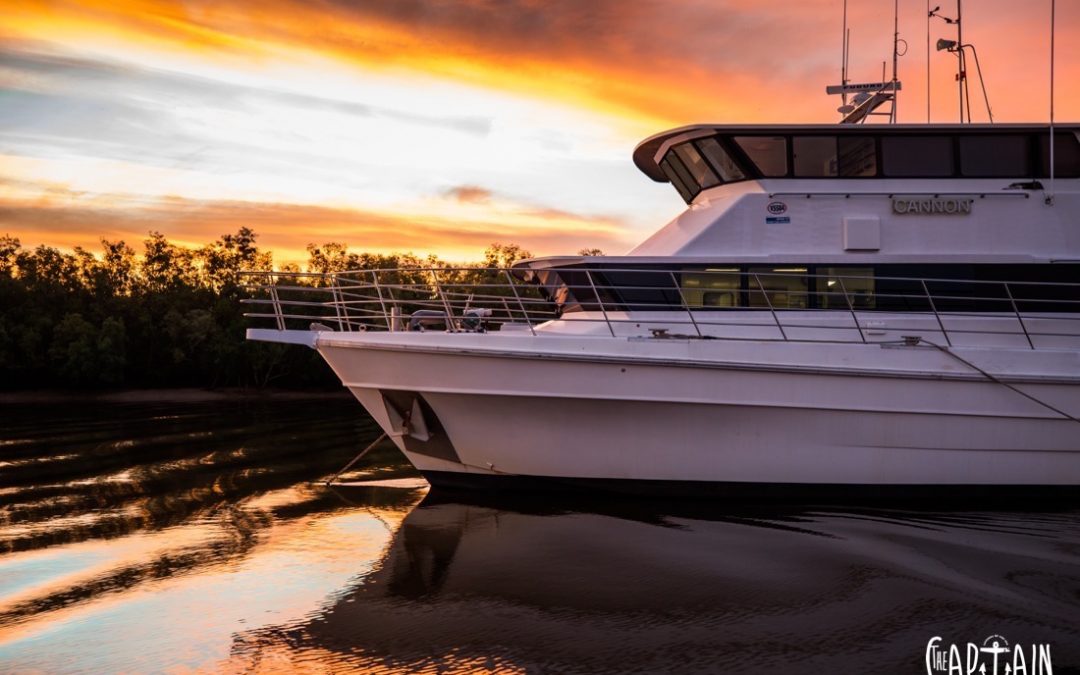


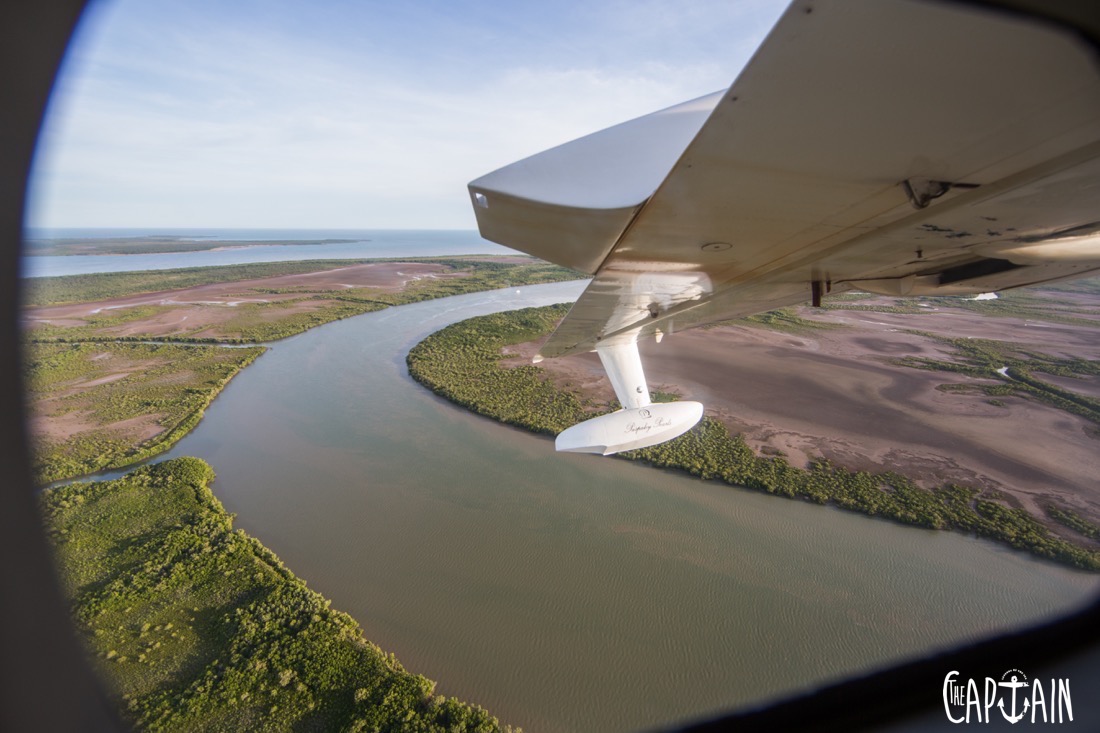
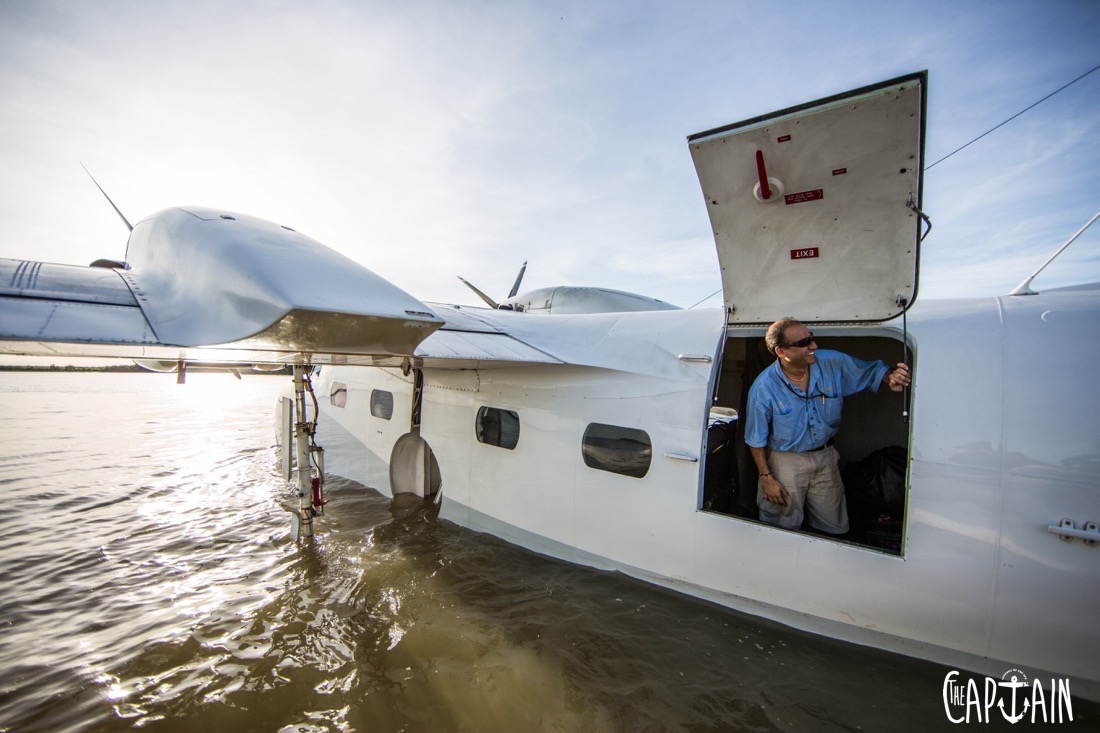
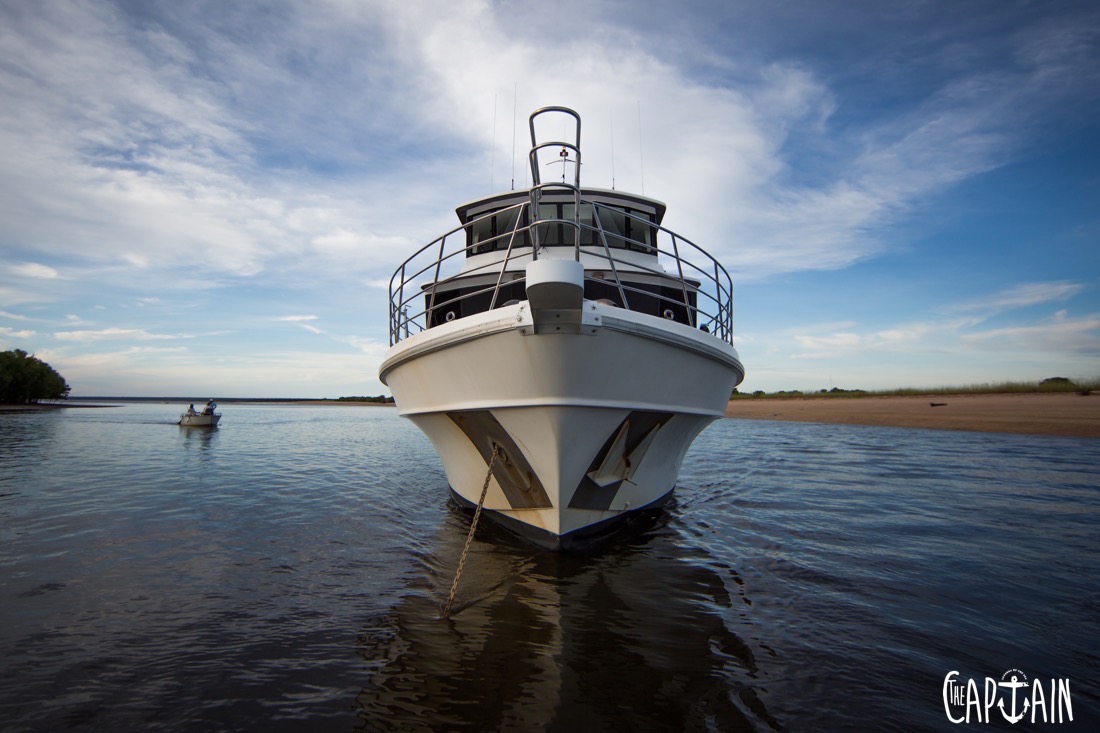

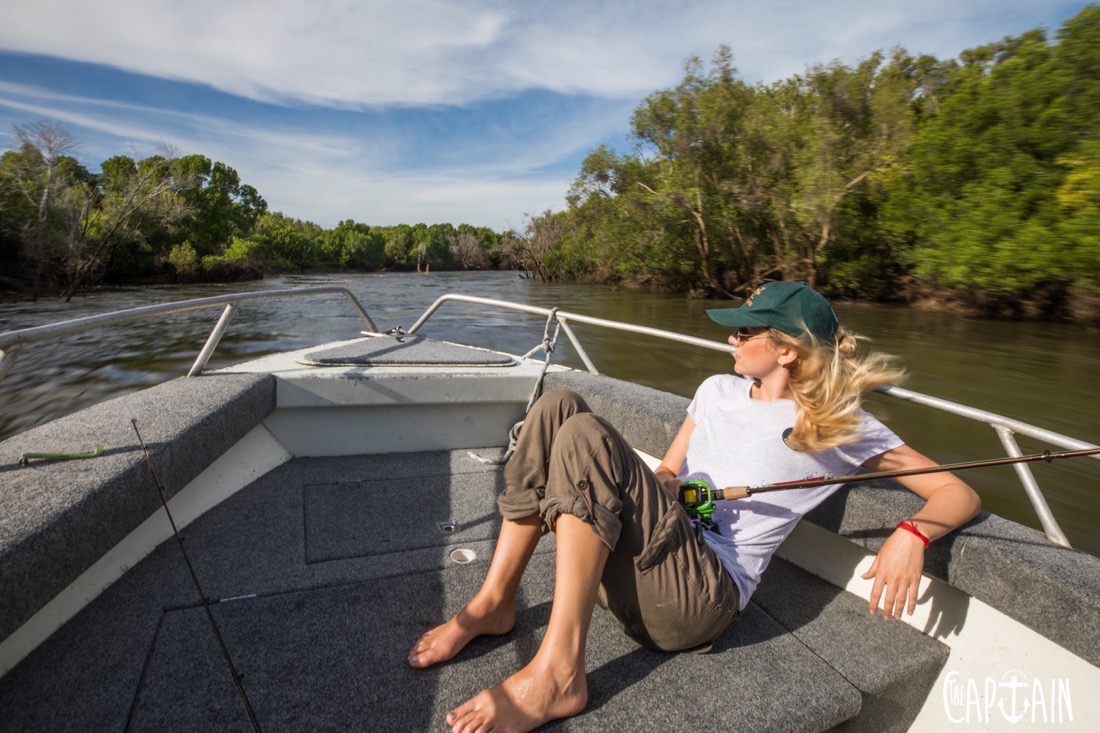
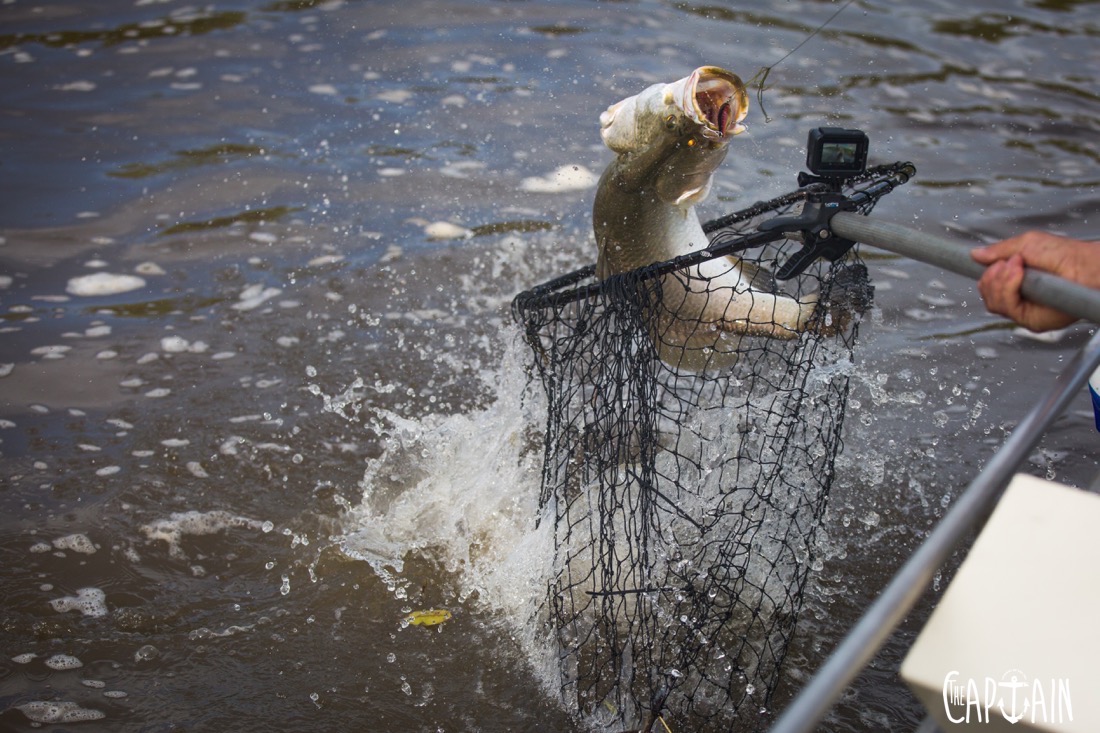

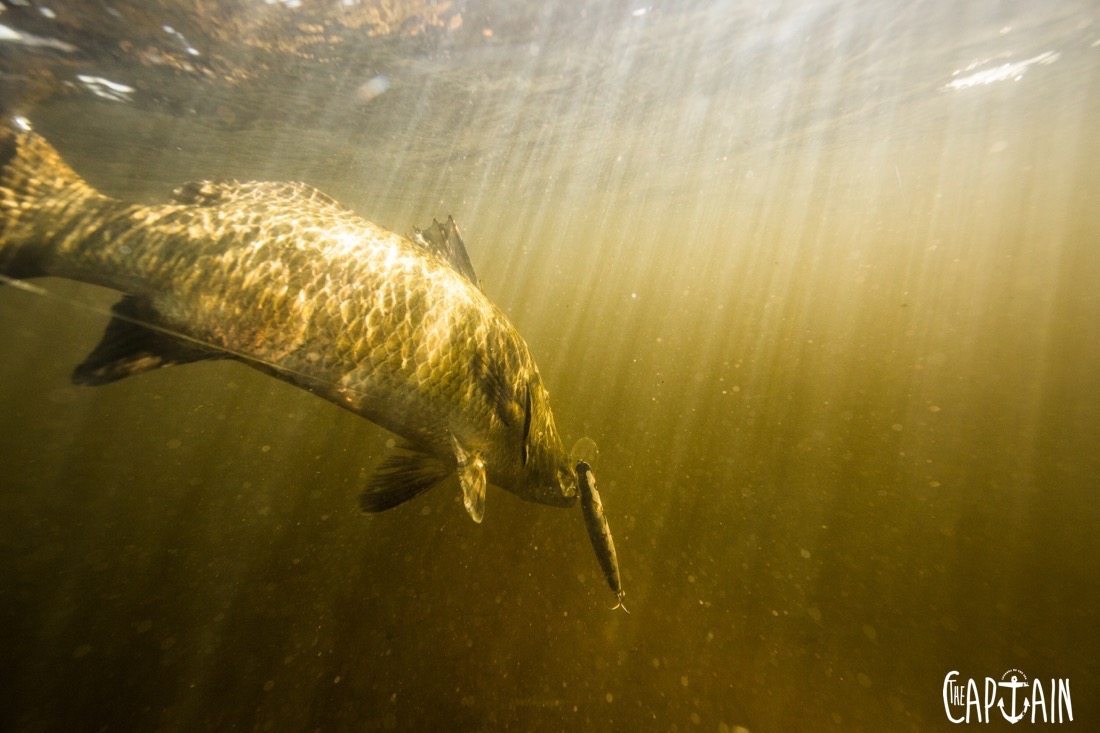


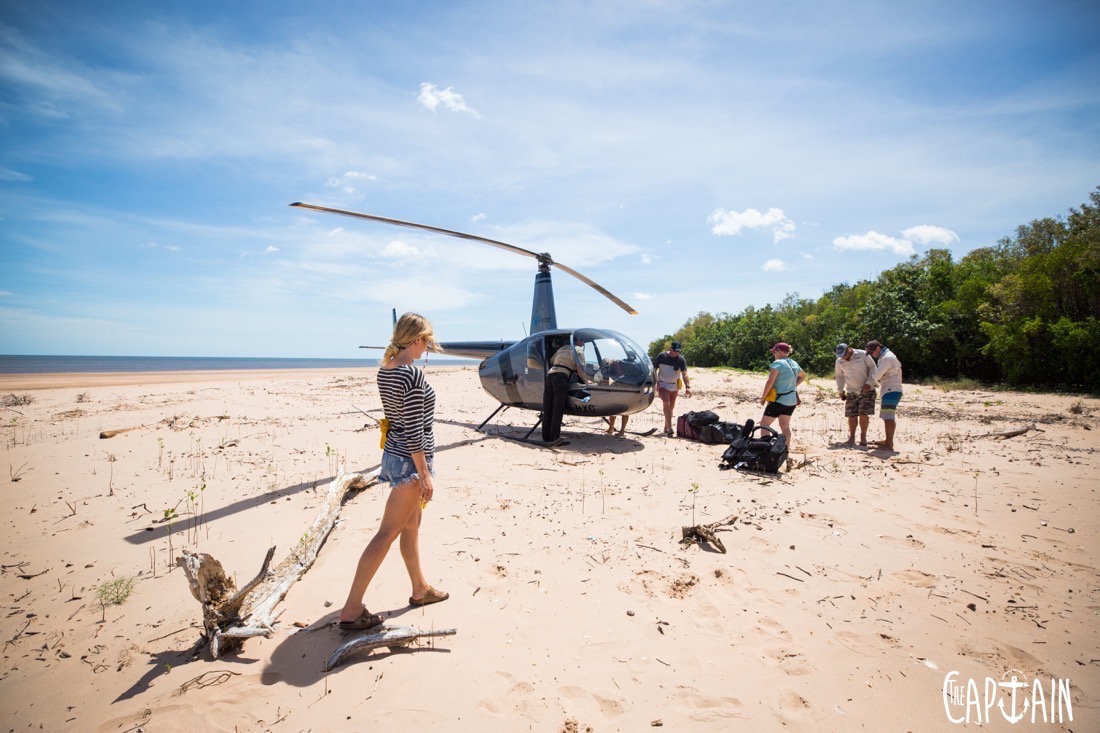

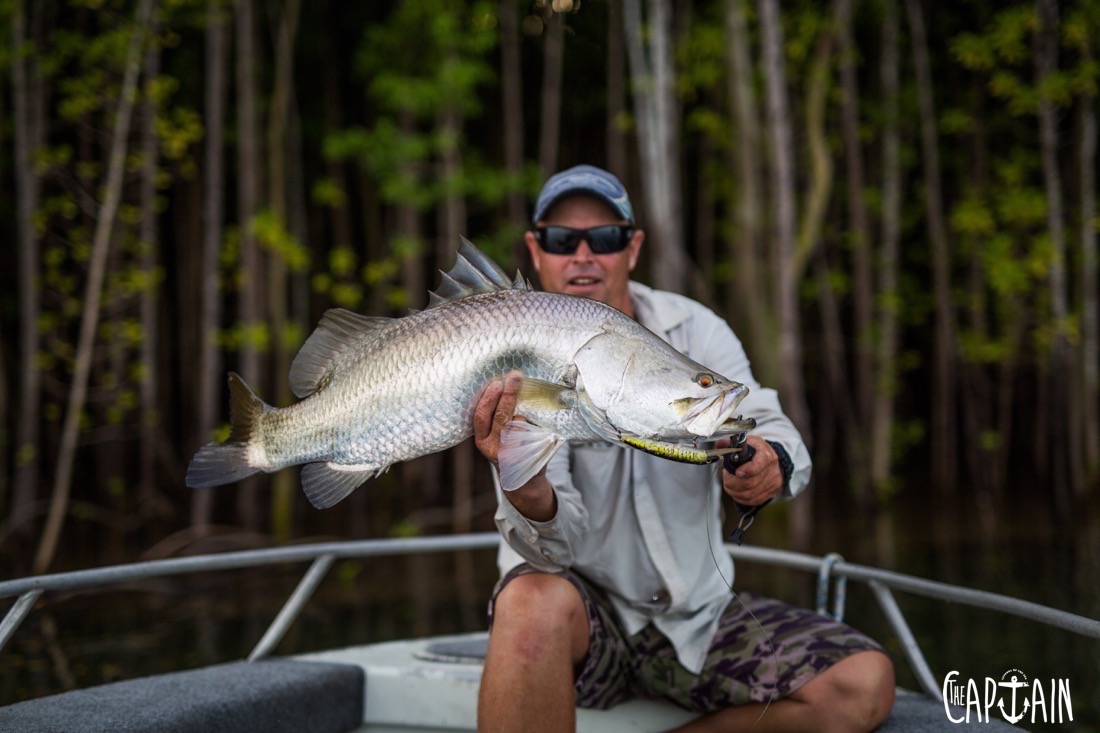
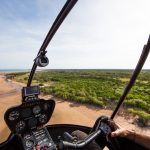
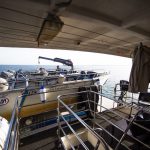
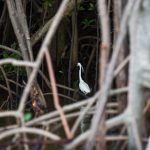
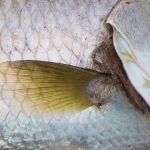

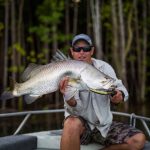
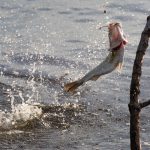

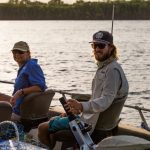
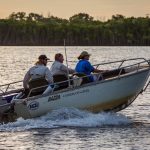
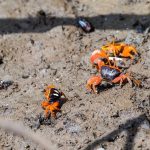
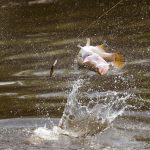
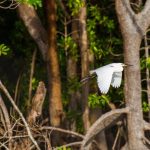
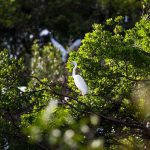
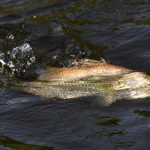
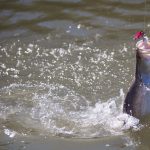
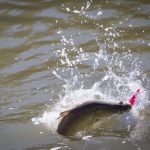
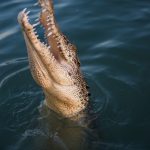
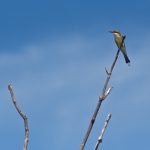
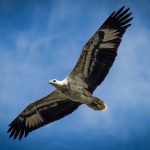

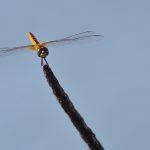
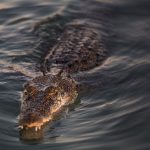
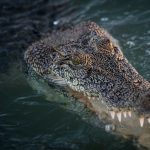
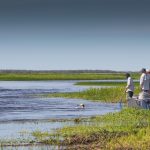
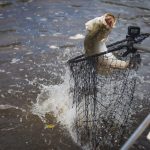
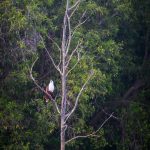
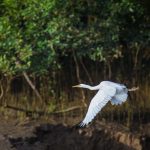
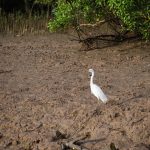
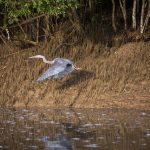
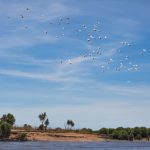
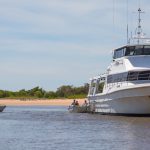
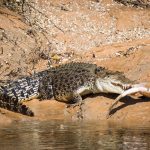
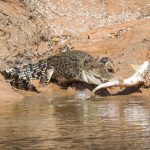
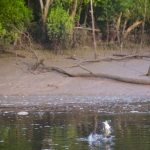
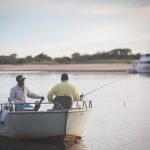
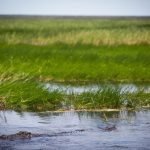
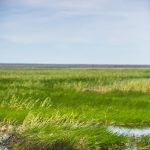
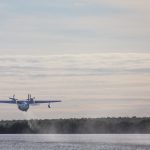
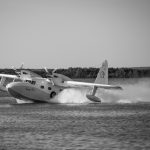
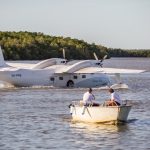
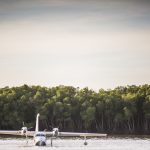
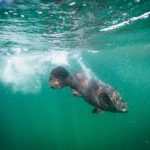
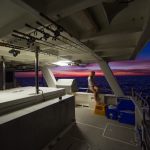
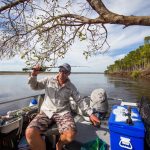
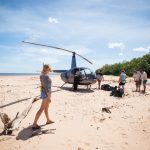
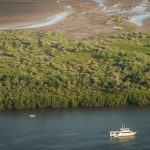
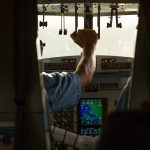
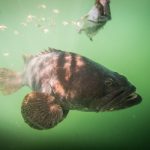
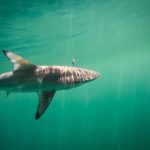
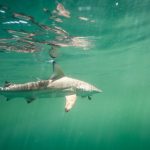

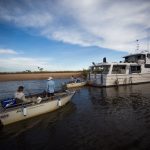
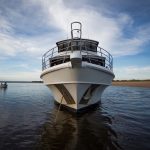
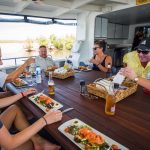
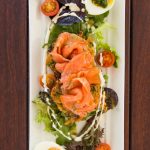
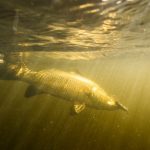
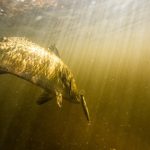
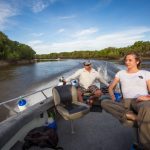
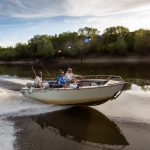
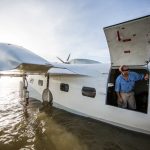
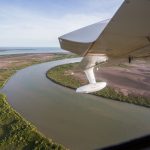
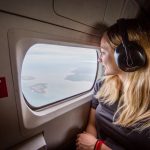
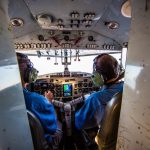
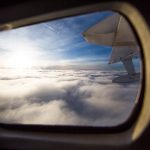
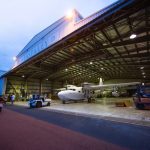
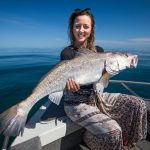
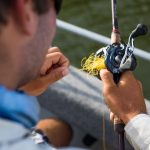
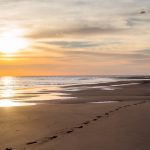
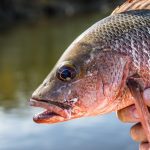
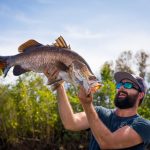
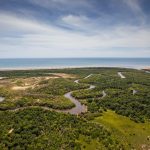
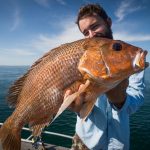
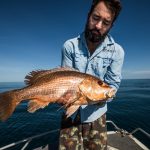
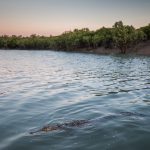
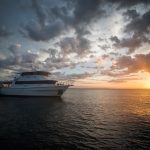
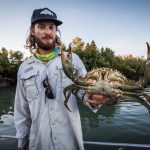
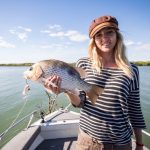
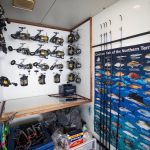
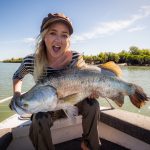
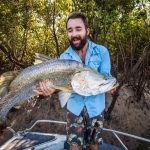
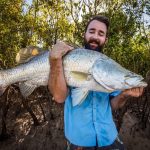
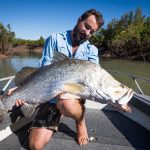
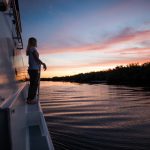
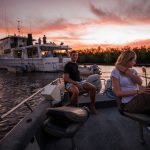
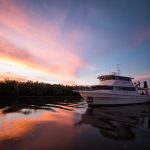
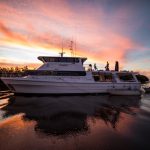
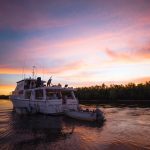
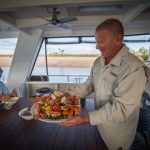
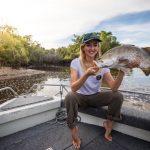

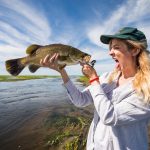
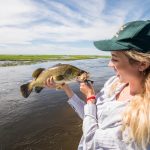
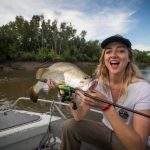
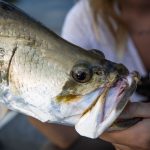
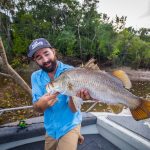
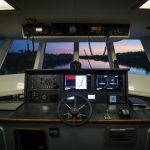
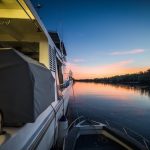
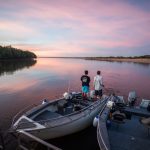
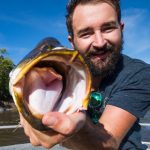
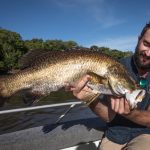
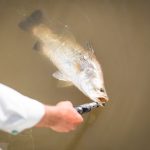
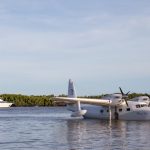
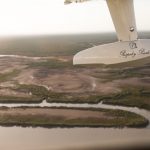
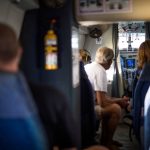
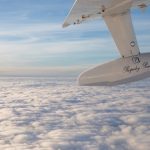
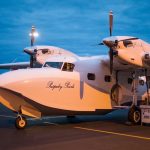
Recent Comments